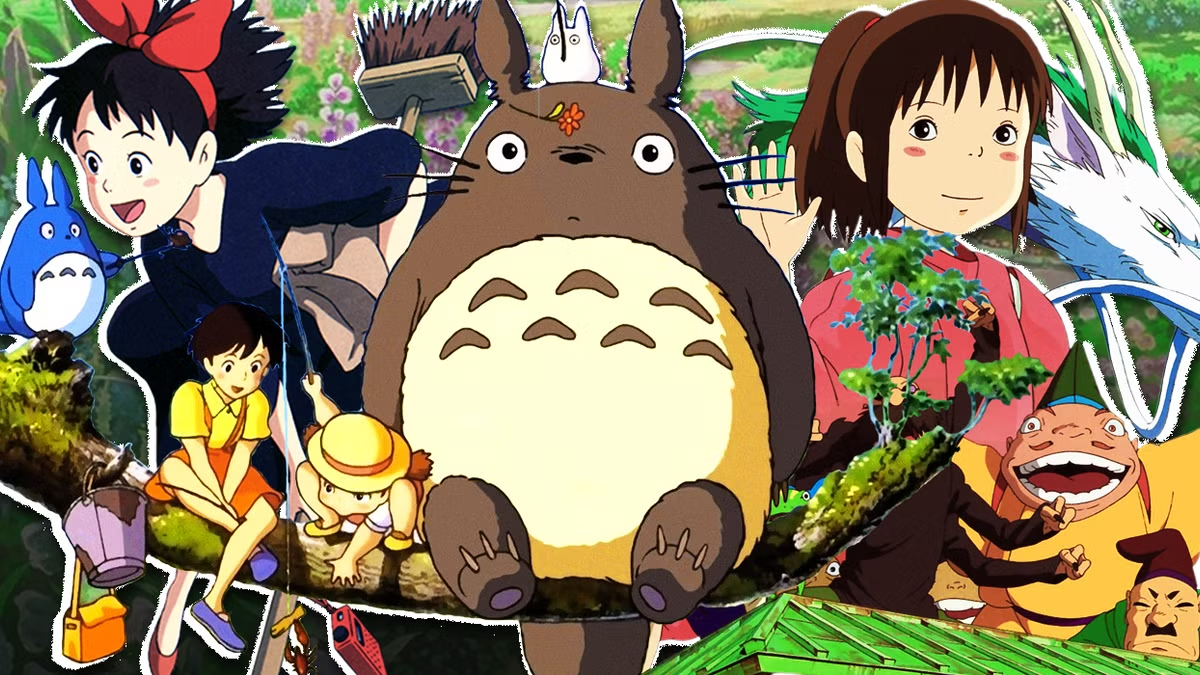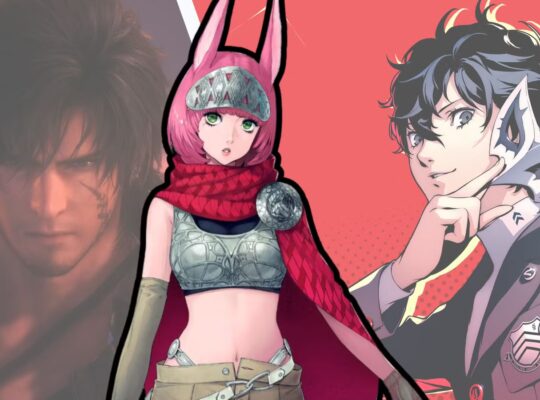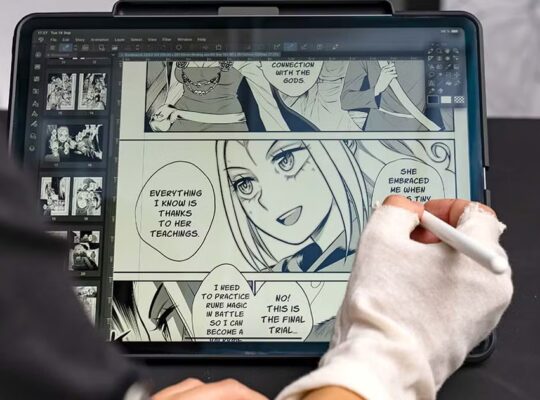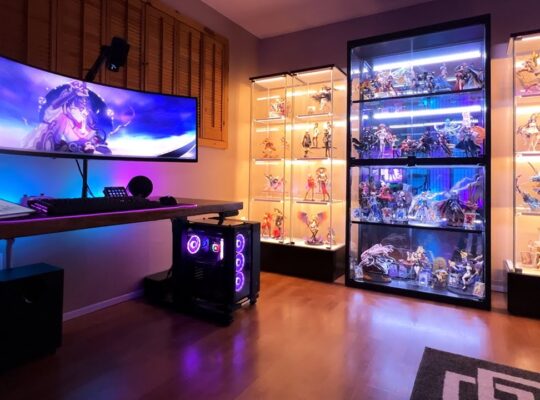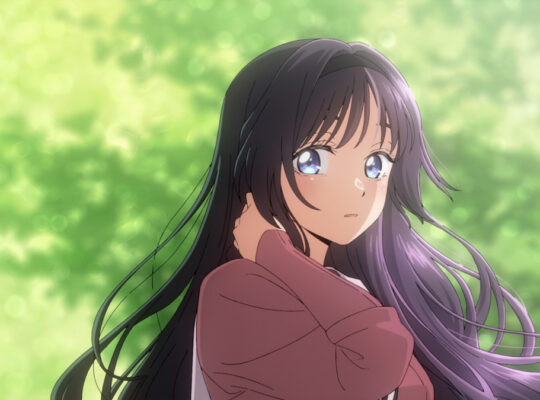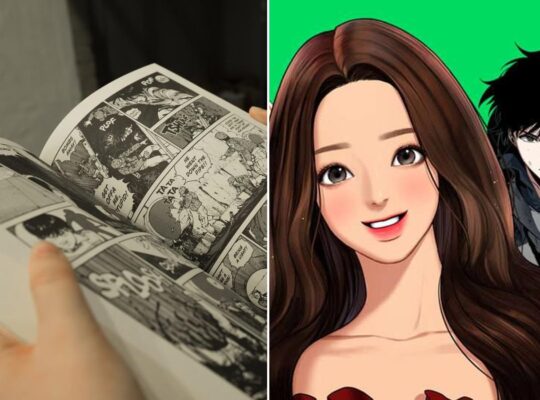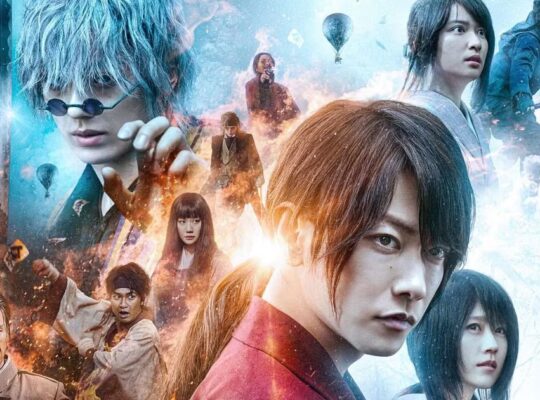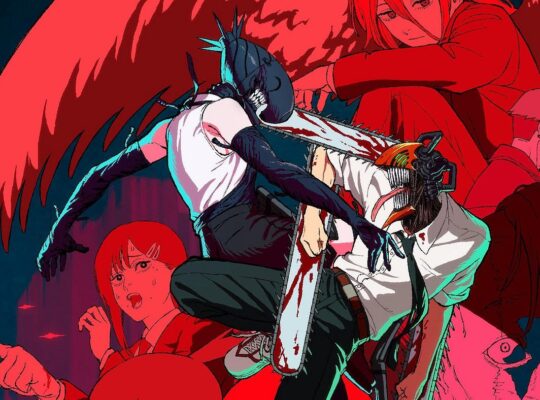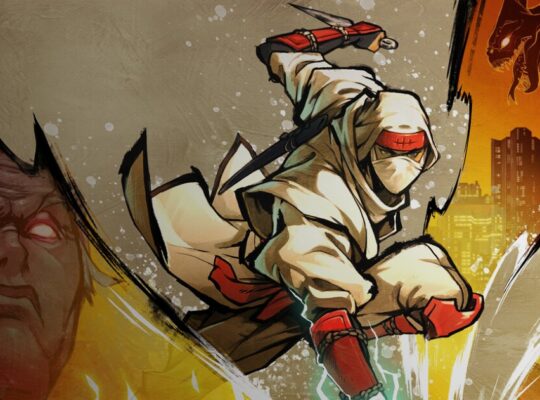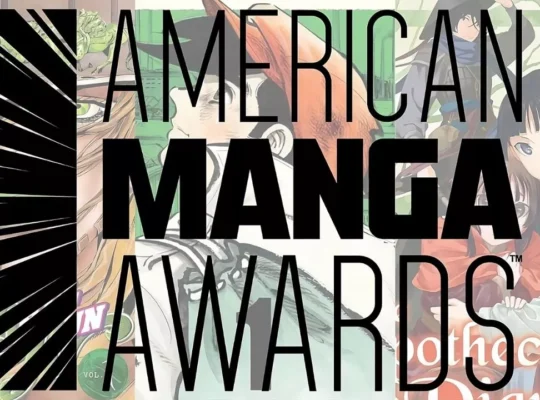If you have ever found yourself crying over a soot sprite or cheering for a walking castle, congratulations – you have experienced the magic of Studio Ghibli. For over four decades, this Japanese powerhouse has enchanted audiences worldwide, proving that animation is not just for kids, and that even a flying pig can make us question the meaning of life.
But how did Ghibli go from a small Tokyo studio to an international cultural icon influencing everything from Disney to indie animators in Brazil? Let’s journey through the wonder, whimsy, and world-changing creativity of Studio Ghibli.
The Birth of a Dream (and a Catbus)
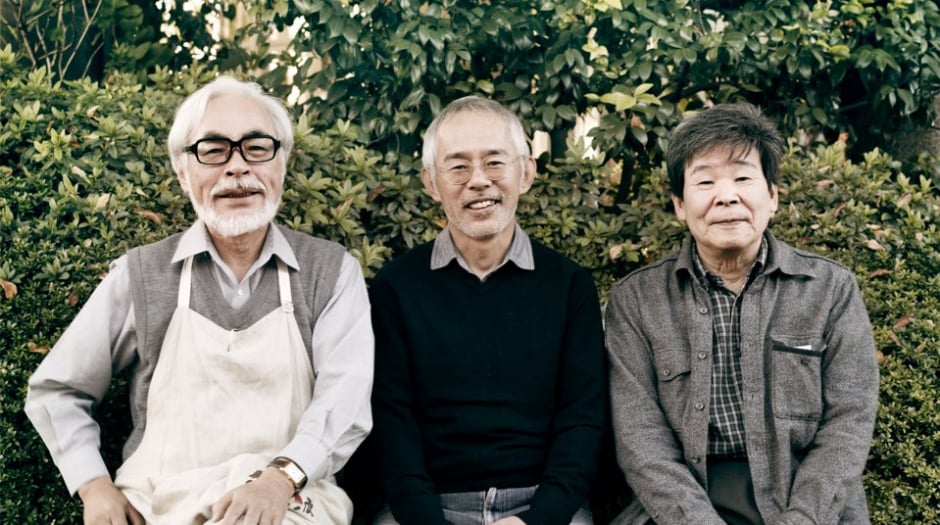
It all began in 1985, when Hayao Miyazaki, Isao Takahata, and Toshio Suzuki founded Studio Ghibli. The goal was to create animation that combined stunning artistry with deep storytelling – a bold move in an era dominated by flashy cartoons and toy-driven shows.
Their first official release, Laputa: Castle in the Sky (1986), was a visual and emotional statement: breathtaking landscapes, heartfelt human struggles, and sky pirates (because who doesn’t love sky pirates?). It set the tone for what Ghibli would become – a studio where every frame felt painted with love and meaning.
Breaking the Western Animation Mold
Before Ghibli, much of Western animation followed a pretty strict formula: musicals, talking animals, and moral lessons wrapped in sparkles. Then came My Neighbor Totoro (1988) – a film where nothing much “happens” plot-wise, yet everything happens emotionally. Two sisters, a sick mom, and a giant forest spirit captured the hearts of millions.
Totoro wasn’t just a hit; it was a revolution. It showed the world that quiet stories can be powerful. Suddenly, animators and studios outside Japan realized that not every movie needed a villain, a final battle, or a neatly tied bow at the end. Sometimes, wonder itself was enough.
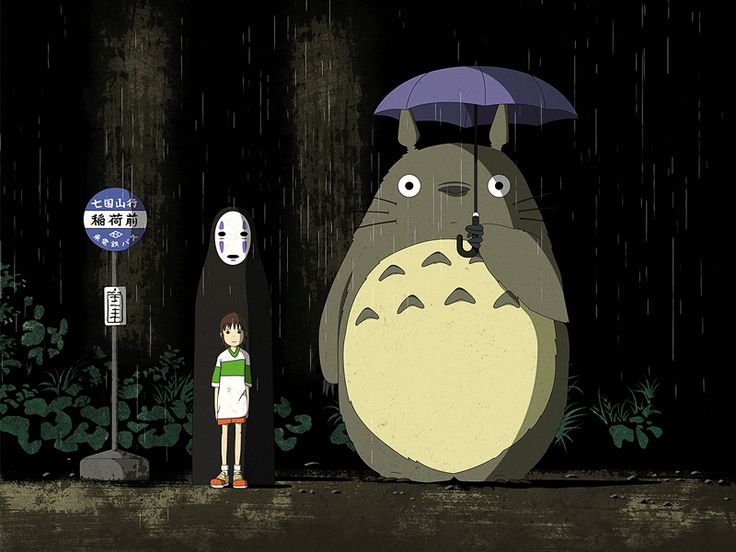
Disney noticed. So did Pixar. In fact, Toy Story director John Lasseter has often cited Miyazaki as one of his biggest inspirations. Ghibli’s approach – focusing on human emotion, environmental themes, and moral complexity – helped shift Western animation from formulaic fairy tales to deeper, more introspective storytelling.
Women, Nature, and Empathy: Ghibli’s Core Themes
If there’s one thing Studio Ghibli consistently nails, it’s its representation of women and nature. Long before Hollywood started discussing female empowerment, Ghibli gave us fierce, flawed, and fascinating heroines.
Think about Princess Mononoke’s San, a wolf-raised warrior protecting her forest home. Or Spirited Away’s Chihiro, a scared girl who grows into a brave, compassionate hero. Or Nausicaä of the Valley of the Wind, where empathy and understanding – not violence – become the tools for survival.
Miyazaki’s worlds are often ruled by women who are kind but strong, gentle yet determined – a refreshing contrast to both Western “damsels” and hypermasculine action heroes.
And let’s not forget Ghibli’s environmental heart. From polluted rivers to industrial greed, the studio weaves ecological messages into its storytelling without ever feeling preachy. It’s the kind of gentle guilt trip that makes you want to recycle your soda can and hug a tree afterward.
The Global Takeover: Spirited Away and Beyond
If Ghibli had a “final boss level” moment, it was Spirited Away (2001). The film became the first (and so far only) hand-drawn, non-English-language film to win the Academy Award for Best Animated Feature. It wasn’t just an anime fan favorite – it was a universal masterpiece.
Audiences across the globe connected with Chihiro’s journey from fear to courage, her encounters with spirits, and that oddly relatable moment when she had to work in a weird bathhouse to save her parents (we’ve all been there, right?).
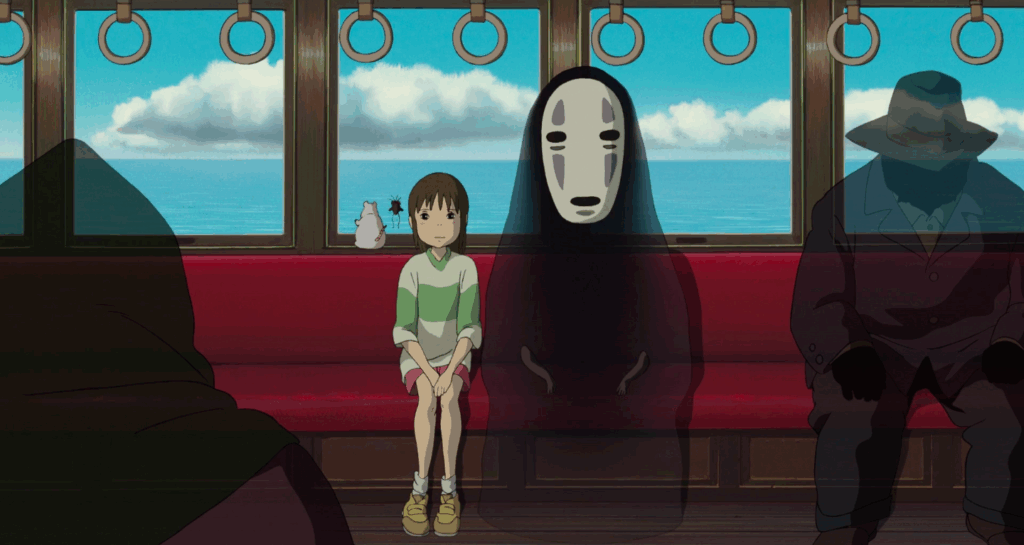
This success solidified Studio Ghibli’s place in global cinema. Suddenly, anime wasn’t a niche interest – it was a respected art form. Streaming platforms, film festivals, and even universities began treating anime as a legitimate cultural study subject.
The Ghibli Effect: Inspiring Creators Everywhere
The “Ghibli Effect” is real. Its fingerprints are all over modern animation, gaming, and even fashion.
- In Video Games: Titles like The Legend of Zelda: Breath of the Wild and Ni no Kuni (which was actually developed in collaboration with Ghibli artists) show clear influence – lush worlds, wordless storytelling, and emotional undertones.
- In Western Animation: From Adventure Time to Steven Universe, you can spot Ghibli’s DNA – surreal worlds with heartfelt messages and emotional depth.
- In Art and Design: The “Ghibli aesthetic” – soft pastels, floating lights, cozy cottages – has become a cornerstone of online art communities and cottagecore culture.
Even the way fans talk about animation changed. Ghibli helped dissolve the old “cartoons are for kids” stereotype, showing that animation could tackle topics like grief, war, and identity – and still make you smile through tears.
The Legacy Lives On
Though Miyazaki has “retired” multiple times (only to un-retire shortly after – the man’s basically the anime version of your favorite RPG boss who keeps respawning), Studio Ghibli continues to thrive. Their latest works, like The Boy and the Heron (2023), prove that the studio’s creative flame is far from burning out.
And as long as there are dreamers, wanderers, and soot sprites among us, the spirit of Ghibli will keep floating through the winds of inspiration.
Final Thoughts: The World According to Ghibli
Studio Ghibli changed global animation not by shouting the loudest, but by whispering the most beautifully. Its films remind us that even in chaos, kindness matters; that magic hides in the mundane; and that sometimes, flying on a broomstick isn’t as hard as learning to forgive yourself.
So next time you rewatch Totoro or Howl’s Moving Castle, remember: you’re not just watching a movie – you’re stepping into a world that helped reimagine what animation could be.
Now excuse us while we go cry into a bowl of ramen over Grave of the Fireflies again.

